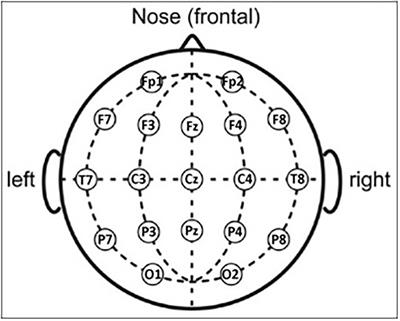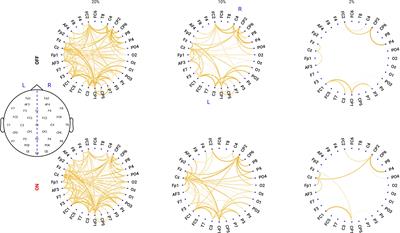EDITORIAL
Published on 15 Feb 2023
Editorial: Oscillatory brain activity as a marker of brain function and dysfunction in aging and in neurodegenerative disorders
doi 10.3389/fnagi.2023.1153150
- 1,229 views
9,098
Total downloads
37k
Total views and downloads
EDITORIAL
Published on 15 Feb 2023
ORIGINAL RESEARCH
Published on 26 Jan 2023

ORIGINAL RESEARCH
Published on 29 Apr 2022

ORIGINAL RESEARCH
Published on 25 Apr 2022

ORIGINAL RESEARCH
Published on 08 Apr 2022

ORIGINAL RESEARCH
Published on 25 Nov 2021

ORIGINAL RESEARCH
Published on 21 Oct 2021

ORIGINAL RESEARCH
Published on 11 Aug 2021

ORIGINAL RESEARCH
Published on 29 Jul 2021

ORIGINAL RESEARCH
Published on 13 Apr 2021
